When it comes to cooking mac and cheese, the right size saucepan can make all the difference. The primary question in many kitchen professionals' minds is: what size saucepan for mac and cheese is ideal for creating the perfect dish? Its not just about the size; its about achieving the right consistency and ensuring that every ingredient melds beautifully.
As a seasoned chef, you understand the nuances of cooking. Choosing the right cookware not only enhances the flavor but also streamlines the cooking process. In this article, we will break down the essential factors to consider when selecting a saucepan for mac and cheese, and well provide you with insights into how to make a creamy, delectable dish that will impress your guests.

Understanding the Basics of Saucepan Sizes
The size of your saucepan will depend largely on serving size. Its crucial to know that saucepans come in various sizes, usually categorized as small (1-2 quarts), medium (3-4 quarts), and large (5 quarts and up). For a standard mac and cheese recipe serving 4-6 people, a medium-sized saucepanideally 3 to 4 quartsworks well.
Choosing the Right Capacity
When choosing a saucepan, consider the amount of macaroni you plan to cook. If you're preparing for larger gatherings or planning to store leftovers, a larger saucepan, possibly up to 5 quarts, might be necessary. On the other hand, for an intimate dinner, a smaller saucepan will suffice. This allows for an adequate ratio of pasta to cheese sauce, leading to a better textural result.

Why Is Material Important?
The material of your saucepan plays a vital role in heat distribution. High-quality options like stainless steel, aluminum, or non-stick variants each come with their benefits. Stainless steel is durable and non-reactive, making it a favorite. On the other hand, non-stick is easier for cleanup and prevents the cheese sauce from sticking.
Dive into Cooking Techniques
Understands that the technique of making mac and cheese involves a few steps; boiling the pasta, then preparing the cheese sauce, and combining both. The size of your saucepan can affect these stages. A wider saucepan lets steam escape faster, perfect for boiling pasta, while a deeper one might be ideal for melding cheese. With cooking techniques in mind, align the saucepan's dimensions with your method.
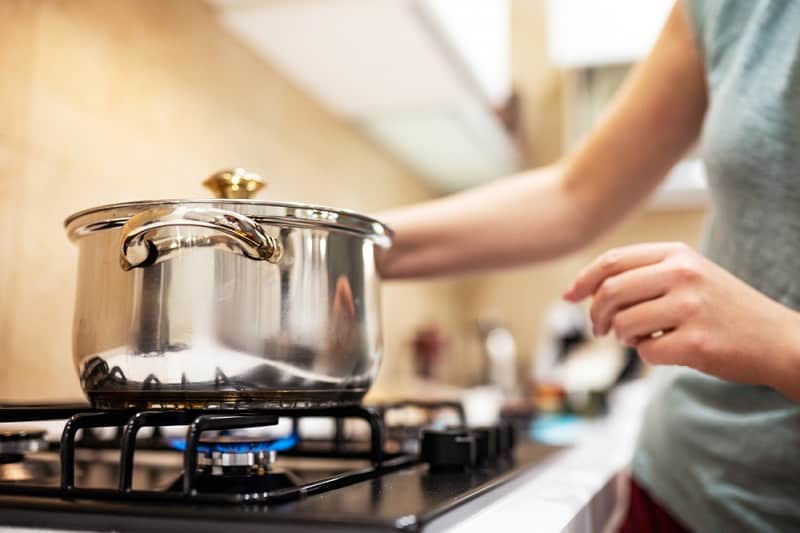
Cooking for Different Serving Sizes
If you're anticipating guests or hosting an event, scale accordingly. Here are some rough estimates for saucepan sizes based on the number of servings:
- 1 to 2 people: 2 to 3-quart saucepan
- 4 to 6 people: 3 to 4-quart saucepan
- 6 to 8 people: 5-quart saucepan
This guide helps chefs curb food waste while efficiently using resources in the kitchen.
The Importance of Stirring and Monitoring
No matter what size you choose, frequent stirring is essential. Chefs know that mac and cheese can burn quickly, especially due to the cheese's tendency to cling to the bottom of the pan. A well-sized saucepan allows for easy stirring without splattering.
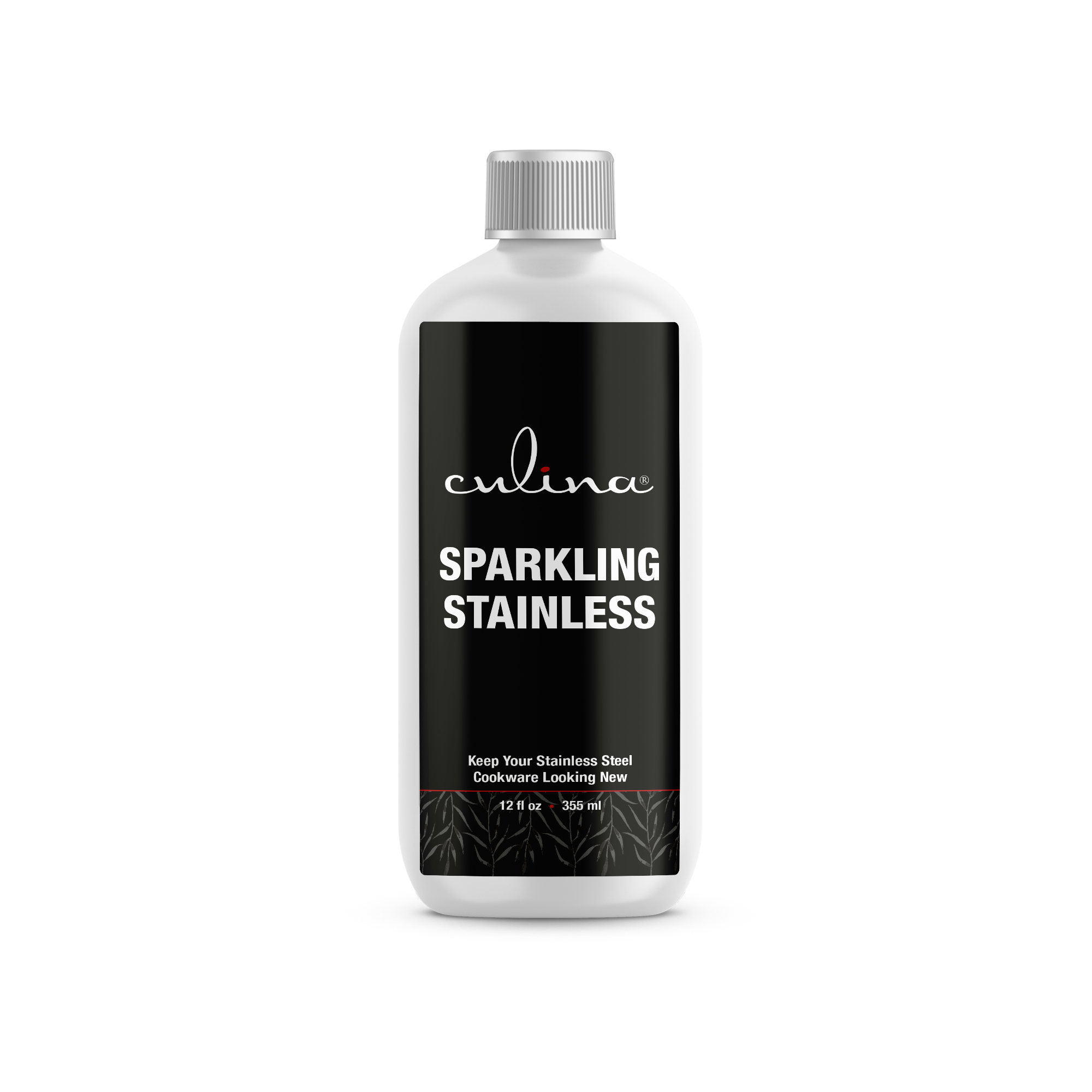
Cleaning and Maintaining Your Saucepan
Once the delightful mac and cheese is devoured, the cleaning process must also be considered. Non-stick pans typically require gentle care, which can save time and effort. Stainless steel may need scrubbing but is often more resilient.
Exploring Alternative Saucepans
Dont hesitate to try specialized pots like the non-stick saucepan which can significantly reduce cleanup time.
Common Mistakes to Avoid
Avoid overcrowding your saucepan. Overloading leads to uneven cooking and potentially soggy macaroni. If you're uncertain about quantities, err on the side of caution and use a larger pan. Heat evenness can also suffer in improperly sized vessels.
FAQs
What Is the Best Size Saucepan to Make Mac and Cheese?
The best size saucepan for mac and cheese is generally 3 to 4 quarts when cooking for 4 to 6 people.
Can I Use a Larger Saucepan for Mac and Cheese?
Yes, a larger saucepan is suitable if cooking for more than 6 people, up to 5 quarts. It ensures space for the pasta and cheese to blend correctly.
How Do I Prevent Mac and Cheese From Sticking to the Pan?
Using a non-stick saucepan and stirring regularly can help prevent mac and cheese from sticking.
Conclusion
Picking the right saucepan is crucial to creating the perfect mac and cheese. Ensure to select a size appropriate for your servings, choose quality material, and mind your cooking technique. Ultimately, these details will render a delicious result that can wow any crowd.
For additional cooking techniques and tips, check out how to make tea in a saucepan, learn how to keep rice warm, or understand what cannot go into a saucepan.
As an Amazon Associate, I earn from qualifying purchases.

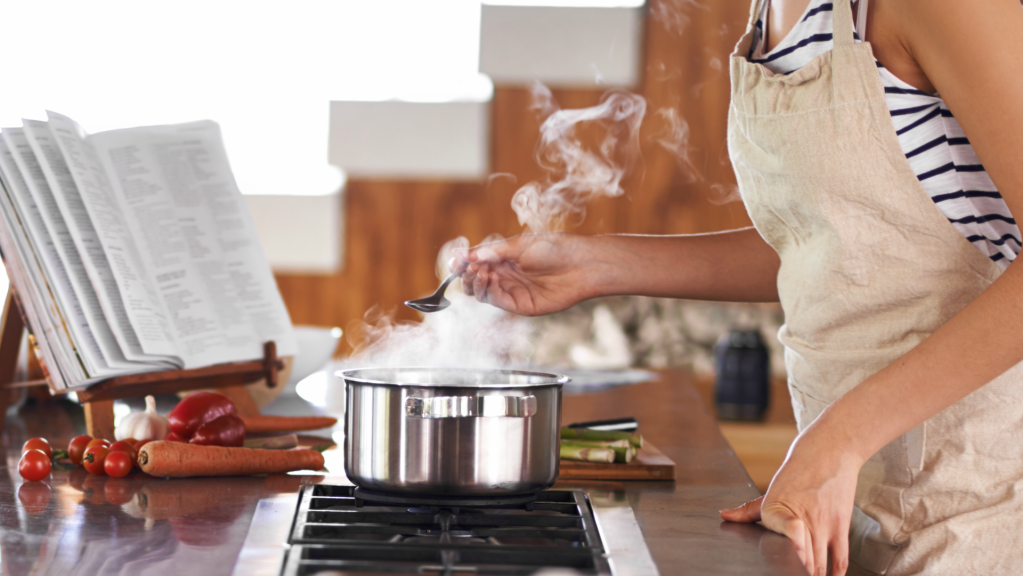


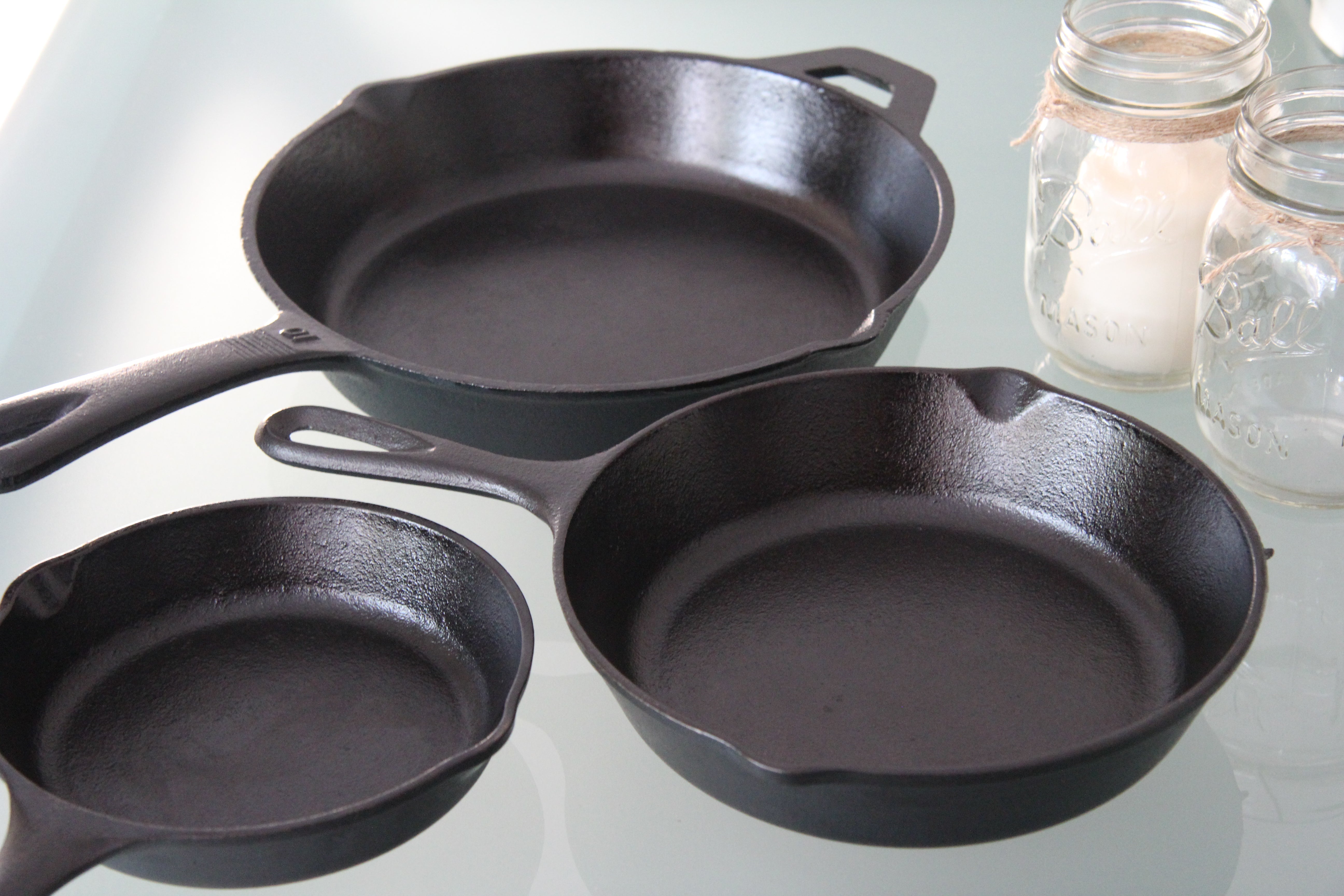
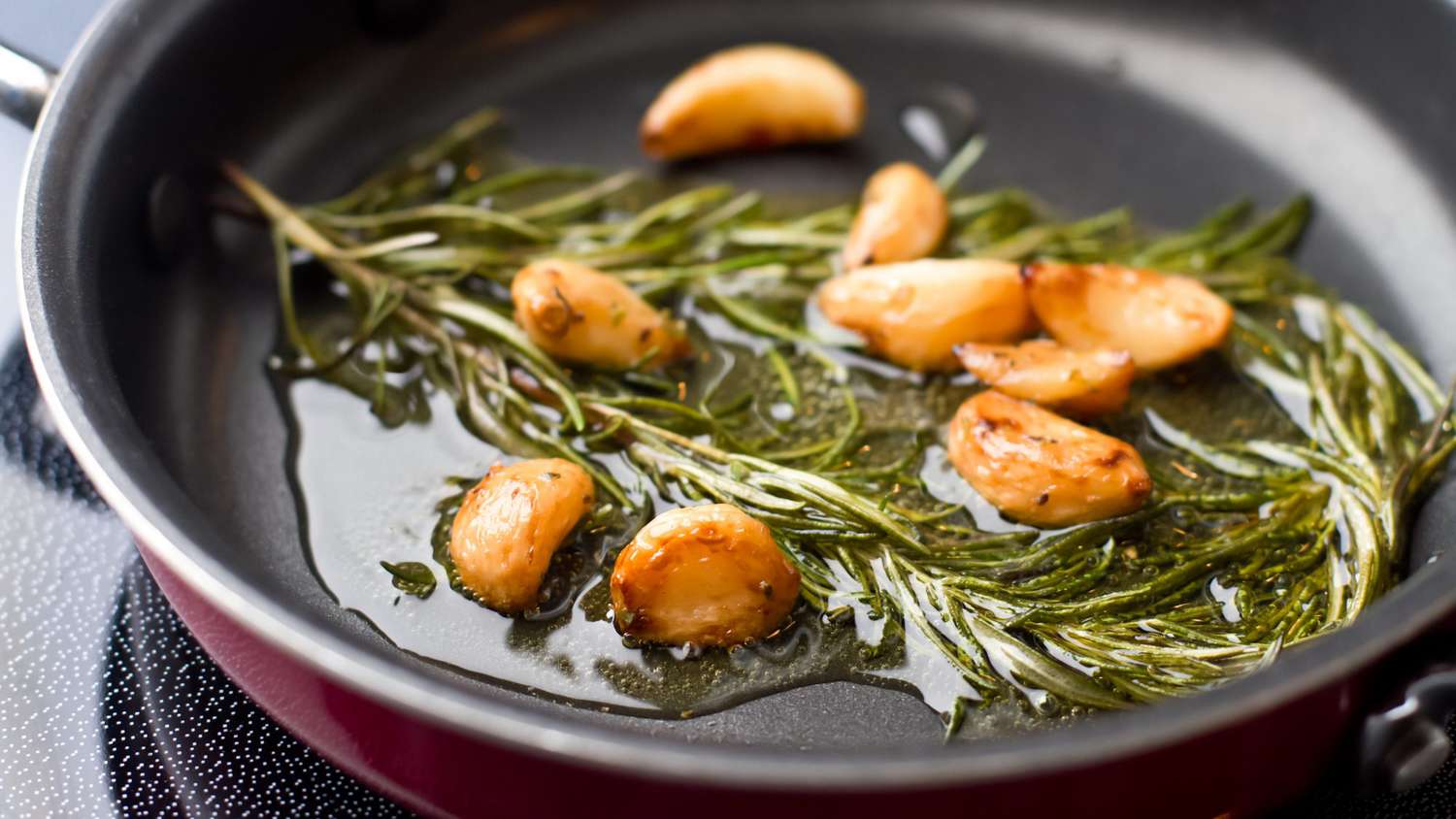
Leave a comment
This site is protected by hCaptcha and the hCaptcha Privacy Policy and Terms of Service apply.